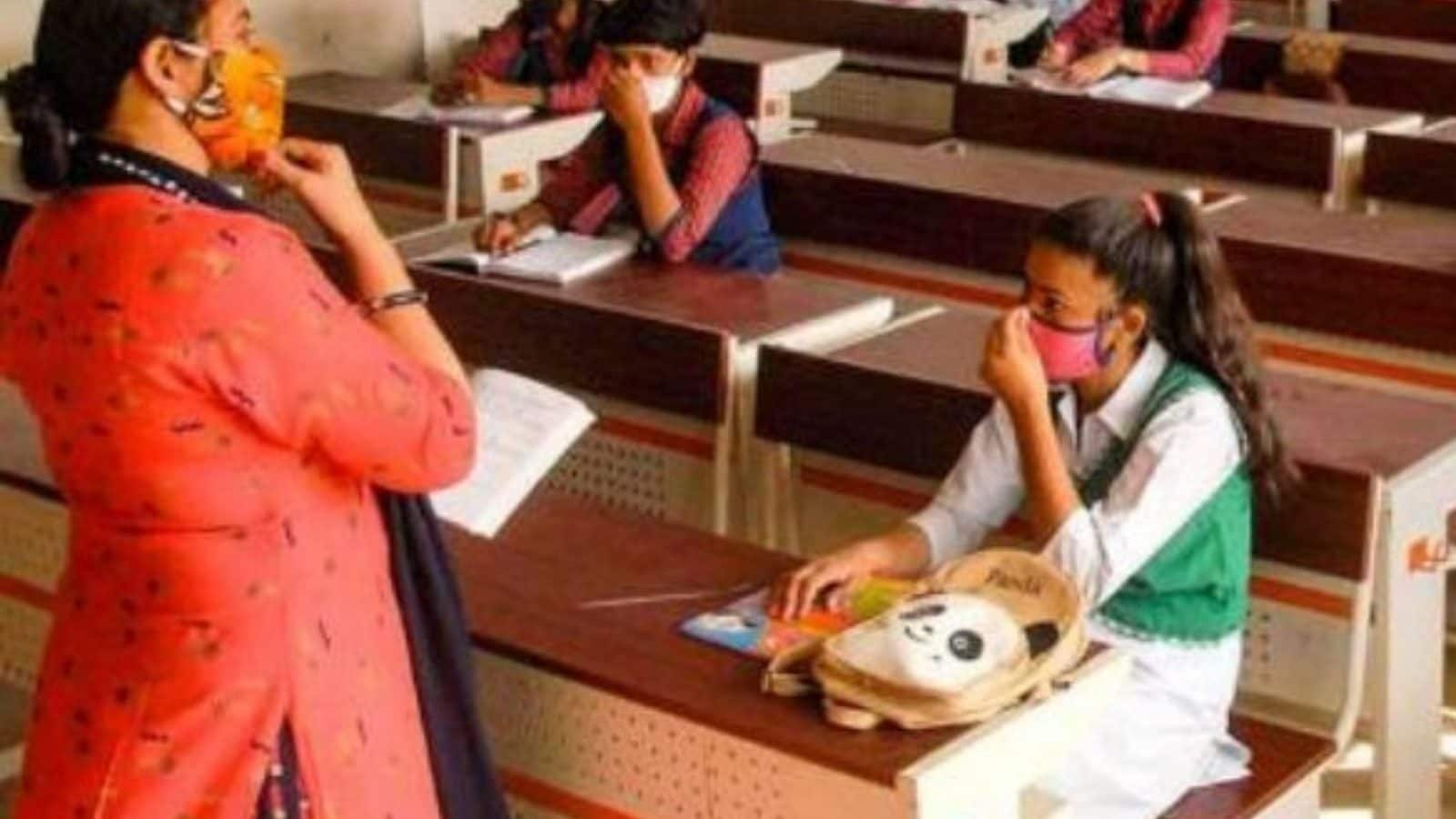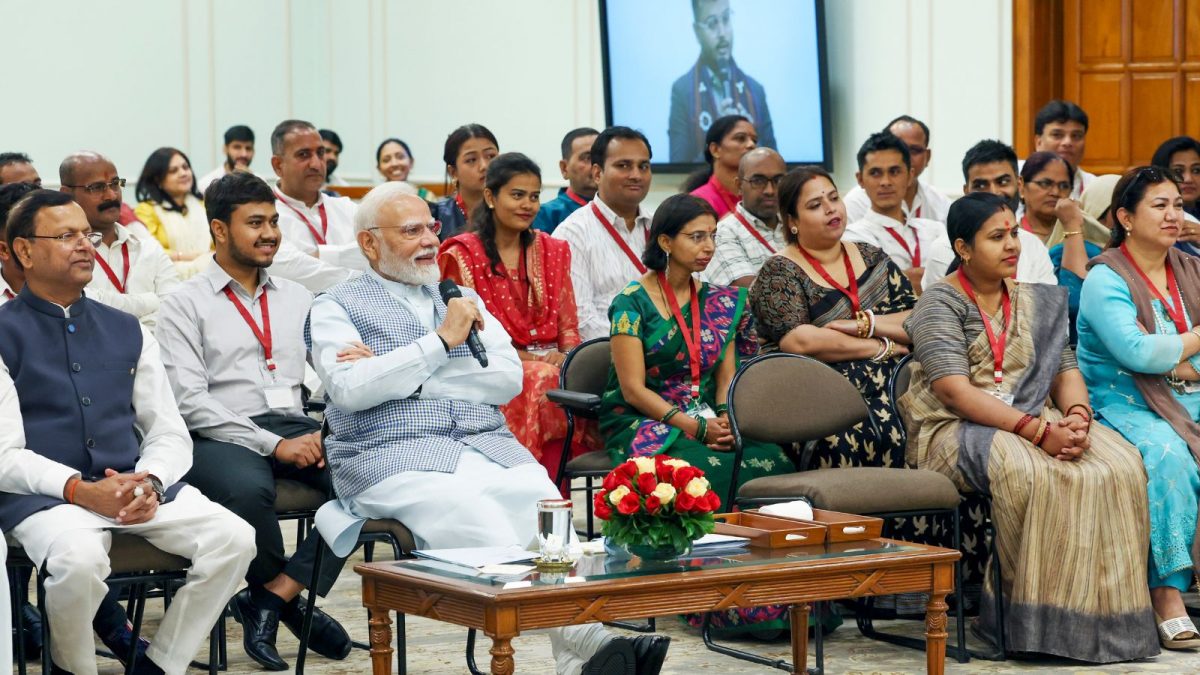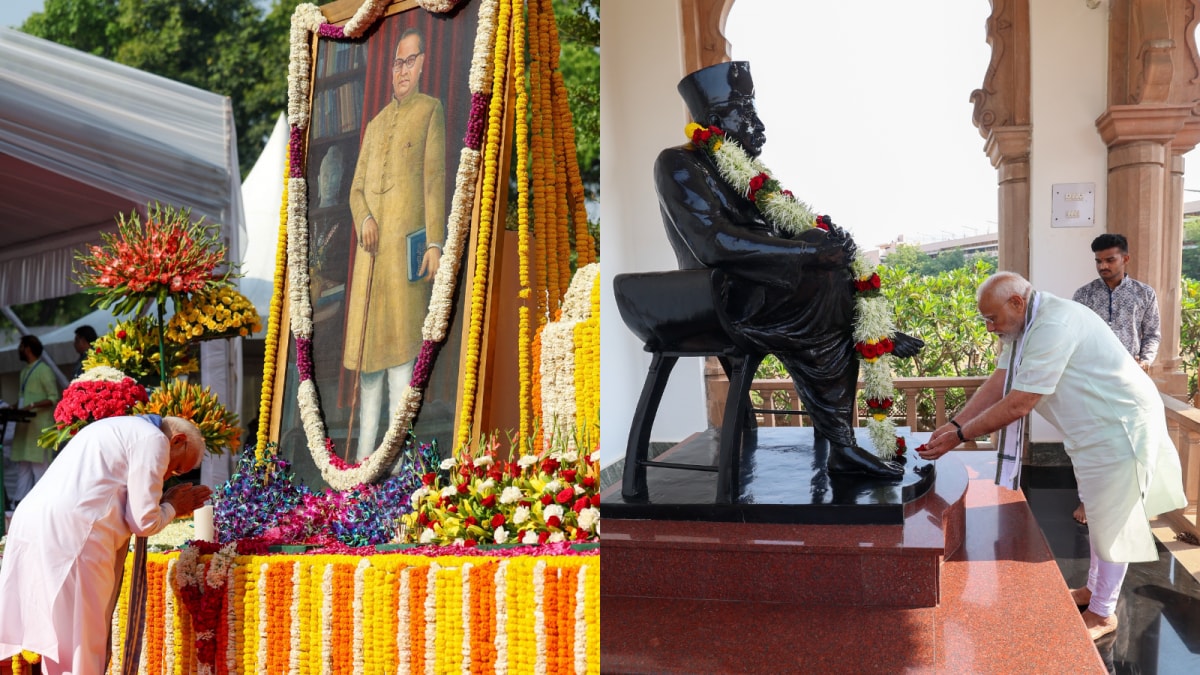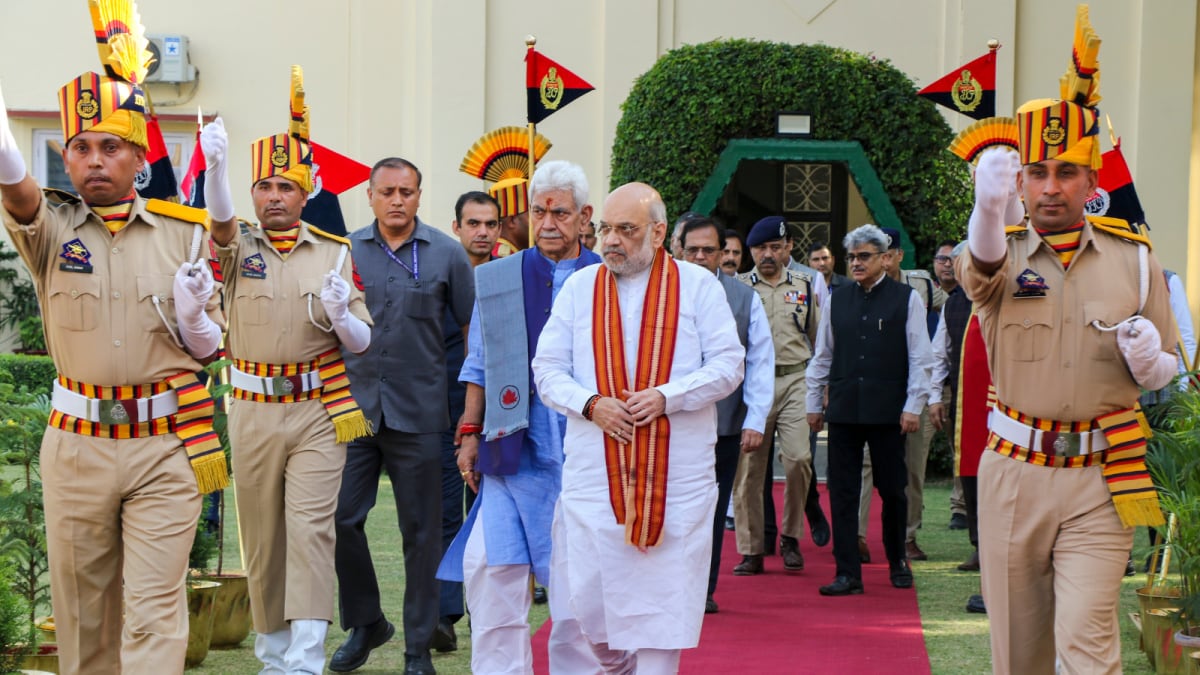In 2022, Stop Worrying about Reading, Writing, Maths and Help Kids Cope with Their Feelings

In this pandemic, our children have grown up very fast as compared to any other generation. It has shaken up the status quo and laid bare a lot of our weaknesses and strengths and deep seated problems. With economic inequality, migration, lack of basic health care for people and a series of school closures for children.
The first global crisis of this century has led to a complete disruption of the world. Learning has been greatly impacted during this period. How do we view, review, reshape and implement this disruption in a post-pandemic situation, which will take us into a future of uncertainties?
The learning that we need will be completely different from the education that we currently receive. The accelerating force of digitalisation will lead to a disruptive future.
New challenges and opportunities have emerged for educators, parents and student to look at learning in a technological, social and emotional context.
Amidst so many uncertainties, what is the future path we must traverse? Will our schools summon the professional courage to shift their practices in order to better support the personal growth of the next generation of young people?
The landscape has shifted away from the notion of a singular path towards a much more elastic understanding of how we will have to make a school more technologically emergent, inextricable, and alive. Through this pandemic, we would have become different people, irreversibly and unstoppably.
Mindsets change in traumatic situations. This pandemic trauma has really affected the teaching community and schools. They have had to reset and rewire their teaching brain along with transacting a different kind of learning in the classroom.
We are in the middle of a recession and minimalism should be our mantra when schools open. Expenditure should only be incurred at three levels i.e. hygiene, technology and communication.
Issues of hygiene will directly impact infrastructure at all levels whether it is furniture, fixtures, all kinds of equipment, building facilities and transportation. All these amenities are used by children and will have to be constantly sanitised. Most of the school expenditure will be on conservancy material and man power. A scientific system of sanitisation will be put into place and become an integral part of the school architecture.
Spaces will have to be seen differently; game rooms, laboratories, canteens, foyers, corridors, libraries, sports fields, activity rooms, toilets, staircases, halls, assembly areas — all places where children converge will have to be constantly cleaned on rotation. Tables, doors, handles, desks and chairs will be continuously disinfected. The entire school calendar will have to be reworked where large gathering of students, parents or visitors during sports days, annual days, book exhibitions, farewell, assemblies, parent-teacher meetings will have to be held in bubbles with small numbers attending.
When children come to school, their entry and dispersal areas will have to be sanitised and disinfected. Their temperature will be taken while entering and leaving the school.
In a classroom, the distance between the desks will have to be maintained. Children will play with a limited number of friends at a time. Special lessons, workshops will be conducted on hygiene and emotional health.
Activity rooms, sports rooms, laboratories and other spaces will be utilised for teaching in order to distribute children across the school.
Toys, books and other equipment in classes, libraries and playrooms will be constantly disinfected. Students will be allowed entry and exit in the toilets in turns, which will have to be cleaned and sanitized constantly.
Every school must create a complete curriculum around social emotional learning so that we can help deconstruct the conflict students have faced during the lockdown so that they can identify the areas of stress, detachment and confusion that may have embedded into their living consciousness.
If we go back to the usual exams, tests and instructions, we will have children who will face an existential crisis which will manifest in behavioural issues. In the immediate now and forever, we must stop worrying about reading, writing and maths but help children cope with their feelings.
When days feel more uncertain than certain, leaning on resources of optimism, hope and care have proven to be key strategies that will propel leadership.
We have to shift our thinking from responding to recovering. Knowing that when we finally walk down the corridors of our brick, mortar buildings, we need to be mindful and use the moment to transform the features of our classroom. We need to shift our narratives to a systematic thinking. Move towards abundant strength-based thinking.
Learning in the new way
There is a much closer integration of classroom and online teaching under the generic term of blended or hybrid learning. Classroom time will be reduced but not removed.
Various collaborative approaches to the construction of knowledge and building communities of practices are required. There will be an emphasis on enabling students to construct knowledge through testimony, discussion and sharing of thoughts, analysis of resources from multiple sources and teacher feedback.
Students will share experiences, discuss theory and challenges and learn from each other. The teacher will no longer be responsible for delivering knowledge or even providing the resources for learning but will maintain a critical role as a guide, facilitator and an assessor of the learning.
There will be some instructions, contributions and reflections, which will accompany the formal courses. Teaching will accompany the formal courses. Teaching will be much less in this collaborative environment, especially when facilitated through technology.
Students will learn through a variety of delivery modes, face-to-face in a blended format and fully online, to facilitate the development of flexible skills. This will allow them to stay at home, with short and intense sessions when they go to school.
This methodology will also help in keeping the content current.
Emergent Influence
We will require wisdom and collaboration, which are human-centered priorities. The structure that children will return to will be changed.
Emerging in this same space will be new culture of staff, students, family engagement, differentiated needs and abilities.
Dr. Ameeta Mulla Wattal is the chairperson and executive director of education, innovations and training at DLF Foundation Schools and Scholarship programmes. The views expressed in this article are those of the author and do not represent the stand of this publication.
Read all the Latest News, Breaking News and Coronavirus News here.
Source link






